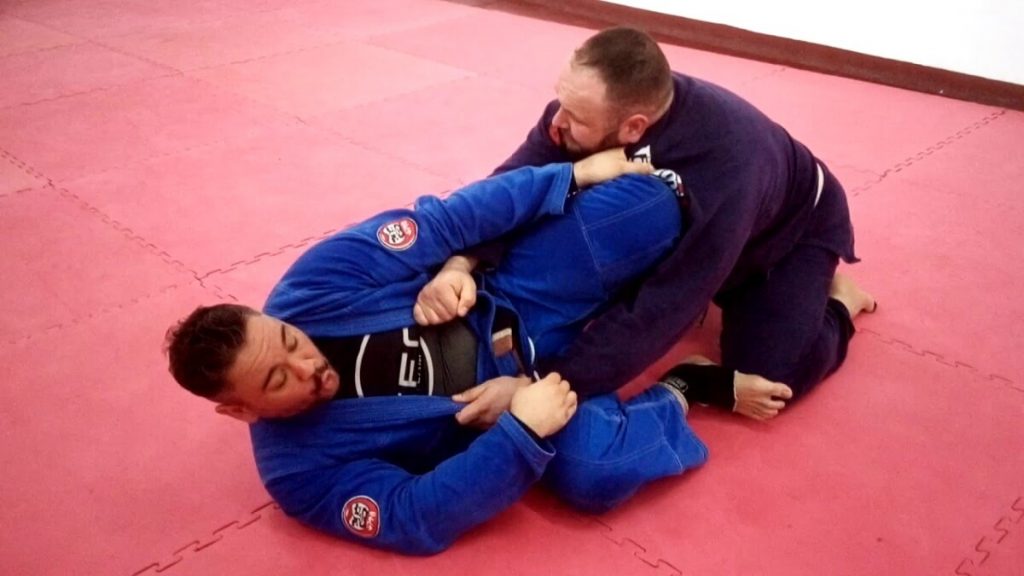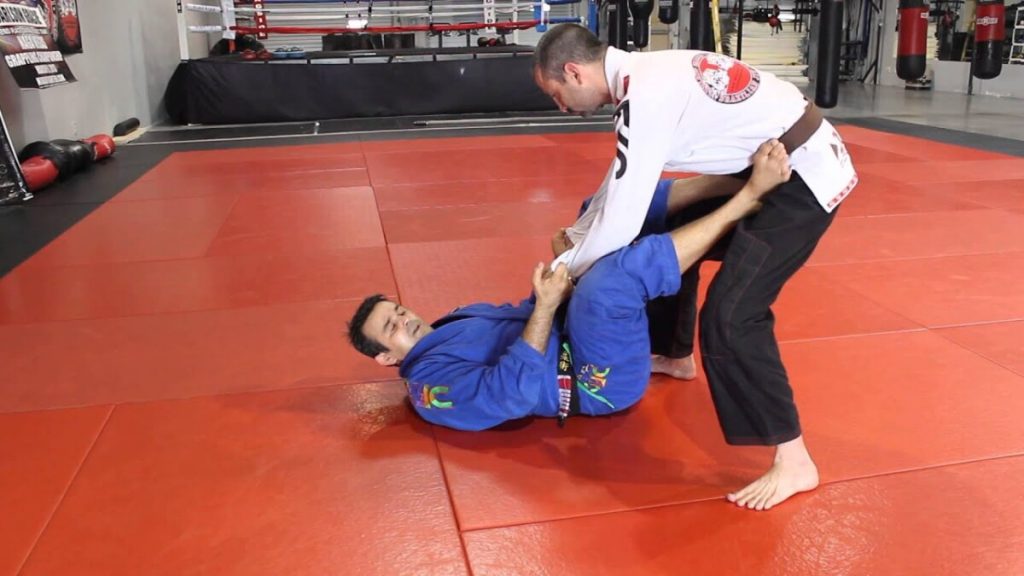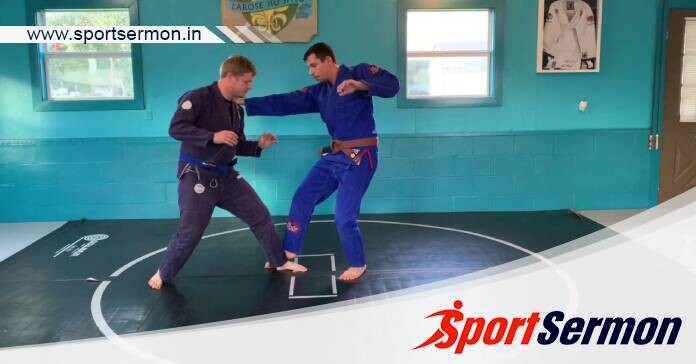BJJ Foot Sweeps: Brazilian Jiu-Jitsu is a well-known martial art that focuses on submissions, ground combat, and intricate techniques. Foot sweeps are as vital but, for some reason, are not as investigated as guard sweeps and submissions, which receive a lot of attention. A BJJ practitioner’s toolkit might include foot sweeps, which provide possibilities to control and throw opponents off-balance. This piece will explore the things you should know about Jiu-Jitsu foot sweeps.
What Do BJJ Foot Sweeps Mean?

Some moves called “foot sweeps” include using your foot or leg to sweep an opponent’s foot out from under them, perhaps knocking them off balance and causing them to fall. Foot sweeps are typically used in stand-up situations in Jiu-Jitsu, including as takedowns and standing-to-ground transitions. Because they are carefully timed, opponents might be caught off guard.
As a subdued method of attacking the opponent, the foot sweep is a fantastic choice. When combined with Kuzushi (off-balancing techniques), moving the opponent and sweeping them over provides a great deal of benefit for anyone who takes the time to learn them.
Although other takedowns—particularly single and double-leg takedowns—are undoubtedly more beneficial, there is no denying the versatility of foot sweeps. You may utilise them in a variety of grappling scenarios, including Gi, No-Gi, and mixed martial arts. Furthermore, practitioners of all ages and sizes may do the foot sweep; it doesn’t require any special skills. This is in contrast to, for instance, the double leg takedown, which can be challenging for grapplers with limited mobility to perform; in these cases, foot sweeps can be a useful tool.
You might also be interested in reading this: What is the Gable Grip in BJJ?
Foot Sweeps From The Underhook

Multiple No-Gi foot sweeps from Brian Glick’s shared basic underhook. Being a dedicated student of John Danaher, Brian is acknowledged as one of the forerunners of modern Brazilian Jiu-Jitsu. Gi BJJ may also make use of these techniques. Depending on the situation, you can use the suggested grips or switch them out for a collar or sleeve grip.
Osoto Gari
The initial foot sweep is the Osoto Gari or Outer Large outside reap. From a standard clinch scenario, establish your underhook on the near side arm and lay your head on the side of the opponent while you control their far arm. You will have a solid foundation from which to use the Osoto Gari if you complete them. Step through and plant your leg on the far leg of your opponent while applying pressure with your underhook to their shoulder. During these steps, you may expect the opponent to either fall (a successful sweep) or rebalance by stepping with a broader foundation. When you execute a No-Gi Osoto Gari, your opponent will usually pick up your leg.
De Ashi Barai
The suggested alternative to the unsuccessful Osoto Gari is the De Ashi Barai. This is the moment to sweep the unweighted foot to bring both feet together, covering the opponent or at the very least throwing them off-balance. When the adversary advances to protect the Osoto, countermove with your own footwork and sweep the close leg rather than the far one to gather their feet. By doing this, you will be pushing them to fall onto the mat as their base will be removed from below. The opponent will, of course, take any necessary action to get back into equilibrium. This is when the combination of Uchi Mata and Kouchi Gari techniques comes in handy.
Uchi Mata To Kouchi Gari
Although they are two distinct strategies, we choose to incorporate them as one because of their seamless integration. Make careful to position yourself slightly off-centre but not too far from the centre of the basic underhook. To raise the near side leg of your opponent, step through while reaping with your leg. The opponent will be forced to step or fall as a result of this. If they base out, trip them over by placing your foot on their far leg.
Ouchi Gari
The Ouchi Gari technique is the last method. Since every move we’ve demonstrated so far is a forward throw, your opponent will unavoidably shift their weight backward to prevent being swept. Here’s when the Ouchi Gari enters the picture. If this occurs, stay close to your opponent by using your leg to reap inside their near side leg. By doing this, their base will be removed from below, causing them to tumble to the mat.

